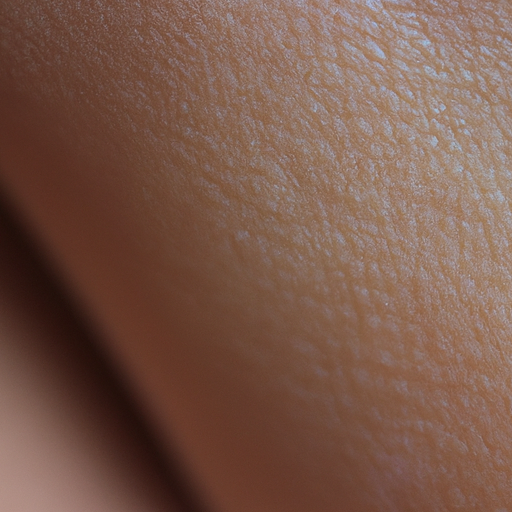As a dermatologist, I encounter a myriad of skin conditions daily, but one of the most common complaints is oily skin. The struggle with oily skin can be frustrating, but understanding the causes and learning how to manage it can help you conquer this challenge. This article aims to unmask the secrets behind oily skin and provide you with an ultimate guide to managing it effectively.
Oily skin is characterized by an excess production of sebum, a natural skin oil that helps to protect and hydrate the skin. While sebum is essential for skin health, too much of it can lead to a shiny or greasy appearance, clogged pores, and an increased risk of acne. The overproduction of sebum is often triggered by hormonal changes, stress, environmental factors, and even certain skincare products.
The first step in conquering oily skin is understanding that not all oil is bad. Sebum serves a vital role in maintaining skin health by providing a protective barrier and keeping the skin moisturized. The goal should not be to eliminate all oil but to balance its production.
A crucial part of managing oily skin is adopting a consistent skincare routine. Start by cleansing your face twice daily with a gentle, oil-free cleanser. Over-cleansing can strip your skin of its natural oils, causing it to produce even more sebum in response. Therefore, it’s essential to strike a balance.
Exfoliation is another key step in your skincare routine. It helps remove dead skin cells that can clog pores and increase oil production. However, avoid harsh scrubs as they can irritate the skin and exacerbate oiliness. Opt for a gentle exfoliant and limit this process to once or twice a week.
Moisturizing may seem counterintuitive for oily skin, but it’s a critical step that should not be skipped. Dehydrated skin can trigger more oil production as a compensatory mechanism. Choose a lightweight, oil-free moisturizer that won’t clog your pores.
Another essential step in managing oily skin is using the right makeup products. Look for oil-free, non-comedogenic products that won’t clog your pores. Also, consider using a mattifying primer before applying makeup to help control shine throughout the day.
Diet and lifestyle also play a significant role in managing oily skin. Consuming a diet rich in fruits, vegetables, lean proteins, and whole grains can help balance your skin’s oil production. Also, try to limit your intake of oily and processed foods as they can exacerbate oiliness. Regular exercise can also help regulate hormones that influence sebum production.
Lastly, don’t hesitate to seek professional help if your oily skin persists or causes distress. Dermatologists can provide personalized advice and treatments such as topical retinoids, oral medications, or even certain procedures that can help manage oily skin effectively.
In conclusion, while dealing with oily skin can be frustrating, it’s not an insurmountable challenge. By understanding the causes of oily skin and adopting a consistent skincare routine, choosing the right products, maintaining a healthy diet and lifestyle, and seeking professional help when necessary, you can effectively manage and conquer oily skin. Remember, every person’s skin is unique, and what works for one person may not work for another. It’s all about finding what works best for you and your skin.




